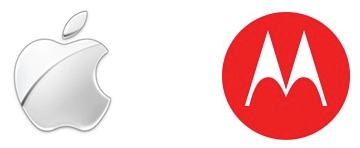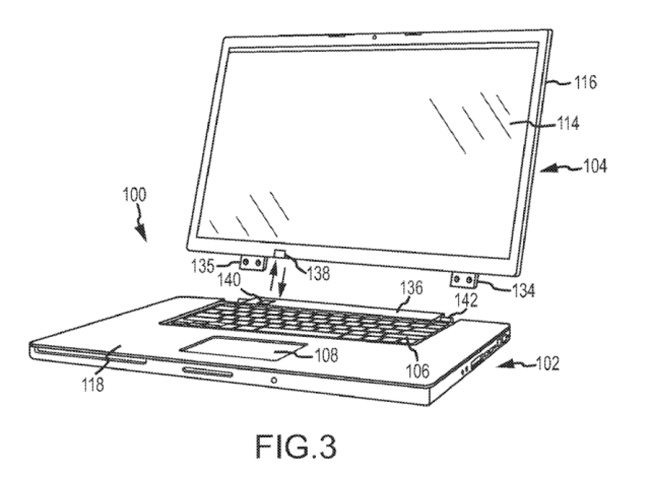#28: Apple Wins Victory Against Motorola After ITC Invalidates Sensor Patent
Google has lost its court case against Apple.
The huge, multi-national corporation filed a patent claim against Apple. Google wanted Apple to obtain a license concerning its touch feature, which disabled touchscreen capabilities when the device was close to the users head to avoid mis-dialing. The case was held at the International Trade Commission, where the judges found Google's argument over a patent, which they had acquired through a buyout of Motorola Mobility, to be invalid. Google commented on the ruling, stating "Motorola Mobility's patent portfolio will help protect the Android ecosystem. Android, which is open-source software, is vital to competition in the mobile device space, ensuring hardware manufacturers, mobile phone carriers, applications developers and consumers all have choice."
Patent No. 6,246,862 references a "sensor controlled user interface for portable communication device," or the sensor in the iPhone that prevents the phone from being activated when close to a user's face.
The dispute between Motorola and Apple began in 2010 after Motorola filed a lawsuit against Apple, claiming the Cupertino-based company infringed on eighteen of Motorola's patents. After being acquired by Google, Motorola expanded its charges against Apple, stating that the company violated six patents having to do with iCloud.
The patent that was invalidated today is the final patent in the above mentioned case, with all other charges against Apple previously cleared by the ITC. Google will likely appeal the decision, thus further extending the litigation between the two companies.










